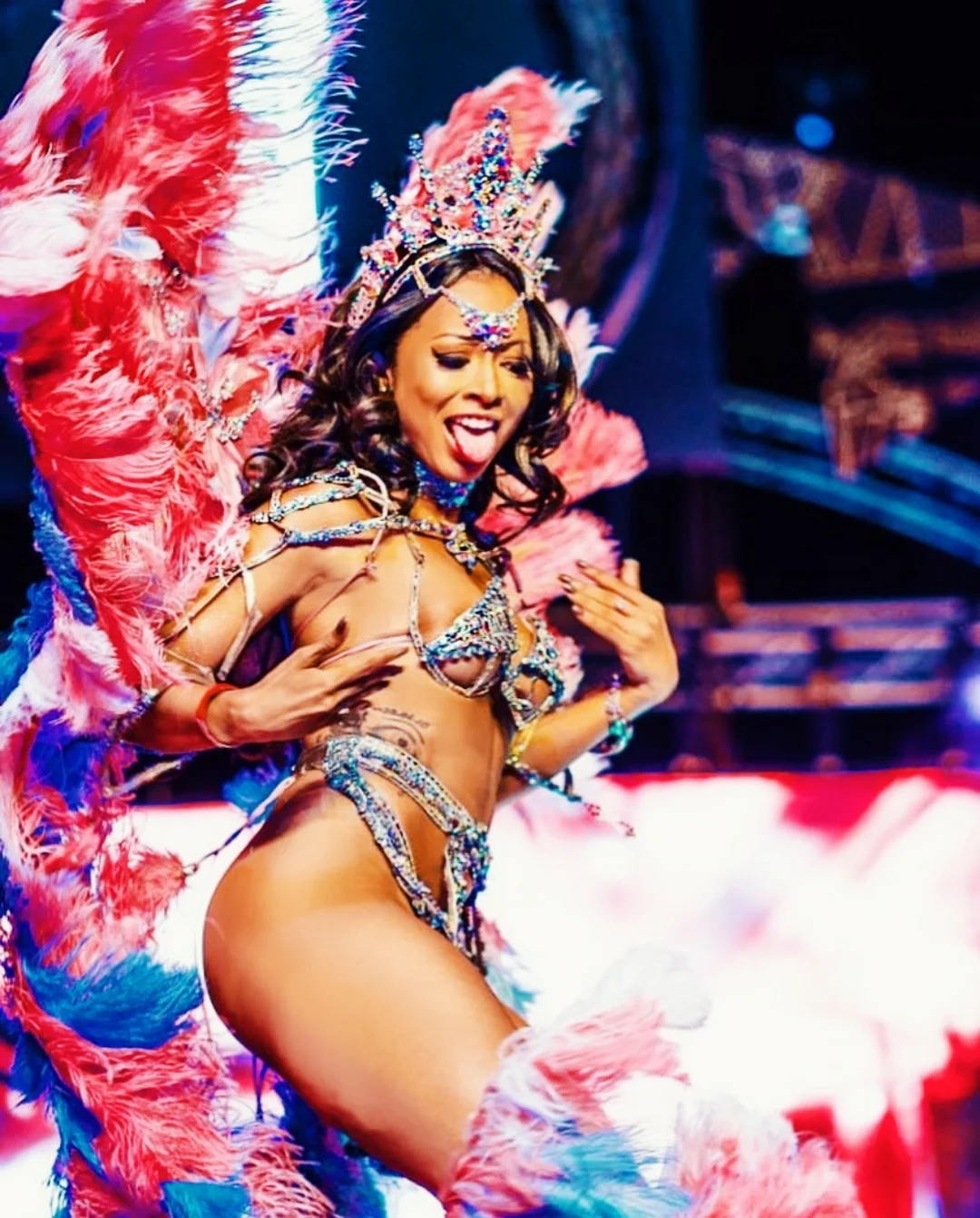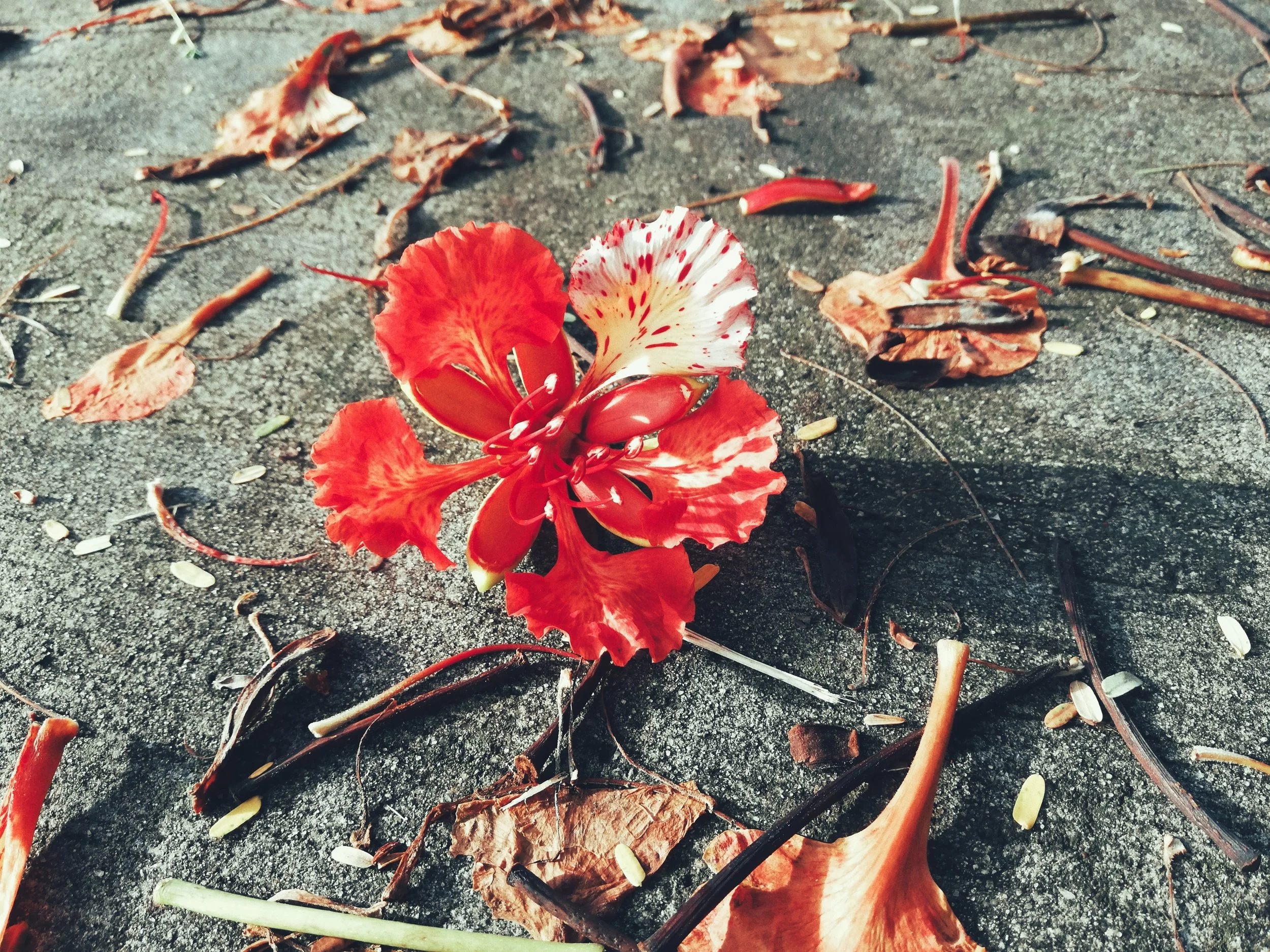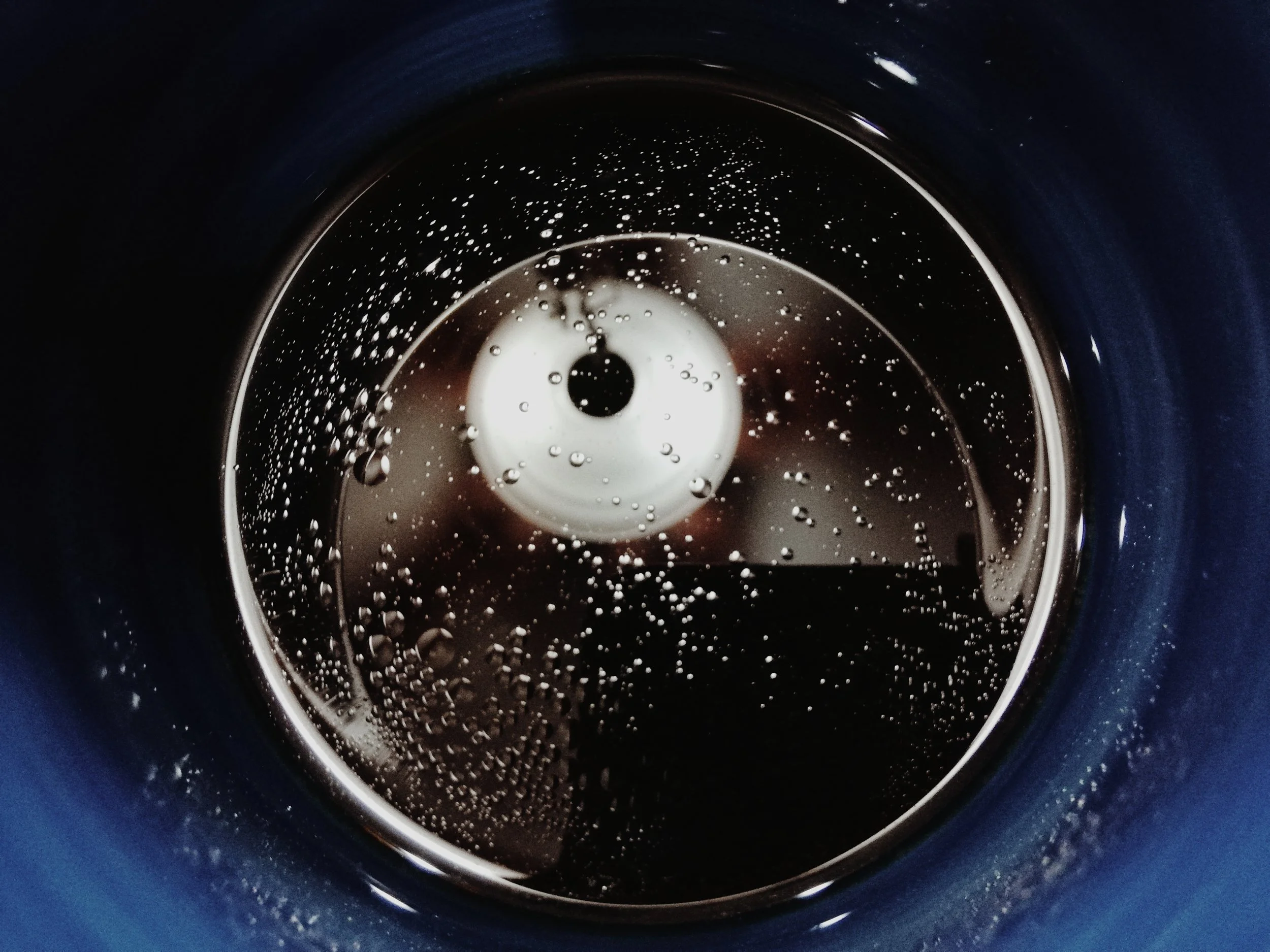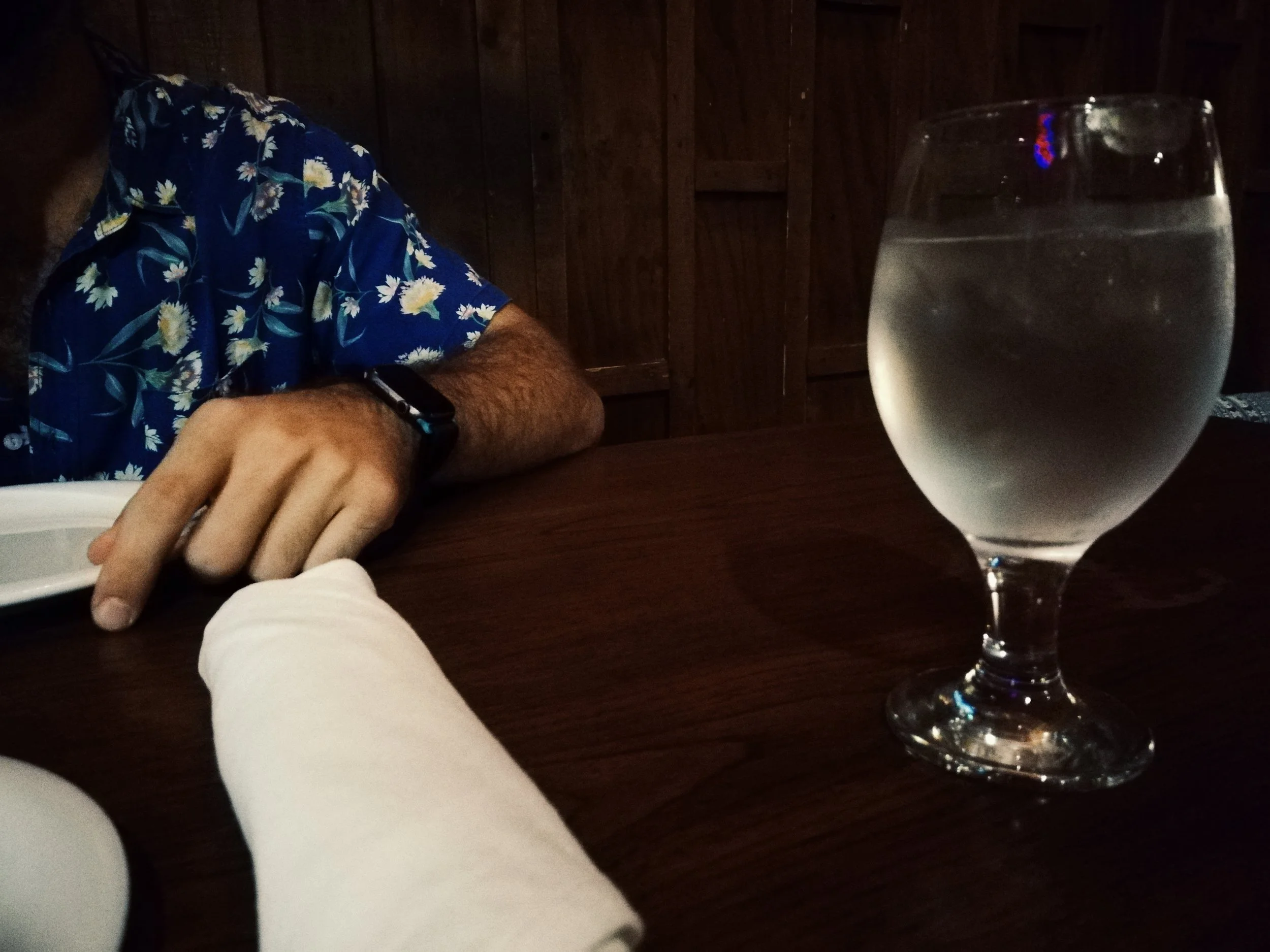Rad & Scantily Clad: A Message on Body Positivity from the Caribbean
Conveying an inherited message on female body positivity.
In the US, they call it Mardi Gras. In the islands, the hedonistic debauchery that usually culminates the day before Fat Tuesday is called Carnival. It is a raucous annual celebration that was created to release the tension of life itself.
Caribbean Carnival began on the boot shaped island not too far off the coast of Venezuela called Trinidad – meaning Holy Trinity – by Spanish settlers. With the abolition of slavery in 1834, free black men and women were finally given license to outwardly express their native culture and celebrated their emancipation the best way they knew how: through dress, music, and dance. Trinidad still favors the ultimate partygoers, hosting the largest seasonal celebration of all the lush spits of land jutting out of the Caribbean Sea. Over the course of the years, the yearly energetic zenith eventually infected the rest of the West Indies. From early spring to late summer, Carnival can now be found celebrated from St. Vincent and the Grenadines to Haiti and the Cayman Islands. It has even made landfall in a few major US cities, including New York and Miami.
The ritualistic celebration is founded on three key elements: music, dancing, and masquerade (and dare I say rum). Modifications of such can be found around the world including the ballrooms of Europe and the streets of African nations. Thanks to historic European conquest, Caribbean Carnival has mixed roots in both African culture and Catholicism. A heterogeneous stew of truly mixed feelings we’re willing to look past. Because if there’s anything to say about the good sometimes born of once far reaching injustice, Carnival still speaks volumes to this day.
But, what I wanted to call more attention to (and what usually does) are the women that have become the bedrock of it.
Women are the lifeblood of Caribbean Carnival. Bedecked in feathered headdresses, gems, and intricate handmade panties and wire bras, women walk the streets wearing next to nothing and feeling no shame whatsoever about it. No, it’s not the world’s largest ‘slut’ walk. No, it’s not frowned upon. It is culturally ingrained to walk the roads with a band, or troupe composed of family, friends, and complete strangers, unashamed. Almost every West Indian does it at least once. It’s like embarking on the Hajj to Mecca and using music and dance as expressions of prayer. For some, it’s almost a coming of age. For me, it felt like I was being freed from the restrictions of my own self-imposed shyness and societally influenced bodily insecurities.
So whenever you’re feeling particularly shitty about the way you look in a mirror, just remember: On almost every island. Never skipping a year. There are women of literally every shape and size. Walking the roads looking rad and scantily clad. With their heads held high. Carrying their feathered crowns far above the voices of external criticism and lowly self-doubt. With no intent of dropping them. Unconsciously swaying their hips in time with the soca blaring from the speakers. Women brimming with so much internal delight and healthy self-esteem it has no choice but to radiate outwardly. It is not just the elaborate costumes, but that brimming confidence and self-amusement that makes them almost unbearably beautiful. A fleeting manifestation of their ancestors’ last laughs. It is empowering to watch, but even more so to experience. And it is, indeed, an experience.
(Model Credit: Jamie T. Lee)





